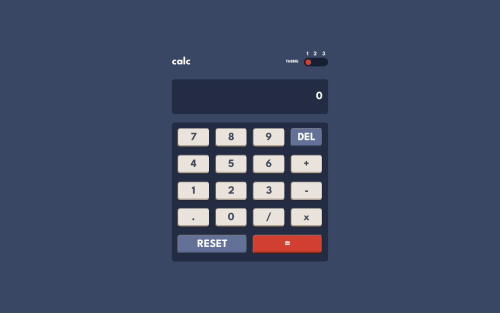
Solution retrospective
I'm proud to have finally completed this project! I encountered quite a few challenges along the way, and although it took longer than expected, I’m really happy with the result.
If I were to build this again, I would have liked access to the Figma file to ensure precise measurements and alignments.
What challenges did you encounter, and how did you overcome them?I faced quite a few challenges throughout this project! One of the biggest was figuring out how to handle the theme switching. It took some planning, but I decided to create three separate CSS files for each theme. In JavaScript, I set up an object with the themes as keys and added an event listener to the toggle slider, allowing it to loop through them smoothly.
The JavaScript for the calculator itself was also a challenge. I spent time researching how others approached similar projects, which really helped me understand the logic behind it. As a beginner coder, this was a great learning experience, and I can confidently say that I could build it again from scratch if needed.
What specific areas of your project would you like help with?Honestly, the HTML and CSS were pretty straightforward for me (though getting the buttons to flex properly did require a few pauses along the way!).
The biggest challenge was definitely the JavaScript—I would have loved more guidance on that. After planning my approach, actually bringing it to life took longer than expected. I often found myself stuck on syntax and the correct placement of code, which slowed me down. But in the end, working through those challenges helped me improve and understand JavaScript better.
Please log in to post a comment
Log in with GitHubCommunity feedback
No feedback yet. Be the first to give feedback on FabFalch's solution.
Join our Discord community
Join thousands of Frontend Mentor community members taking the challenges, sharing resources, helping each other, and chatting about all things front-end!
Join our Discord